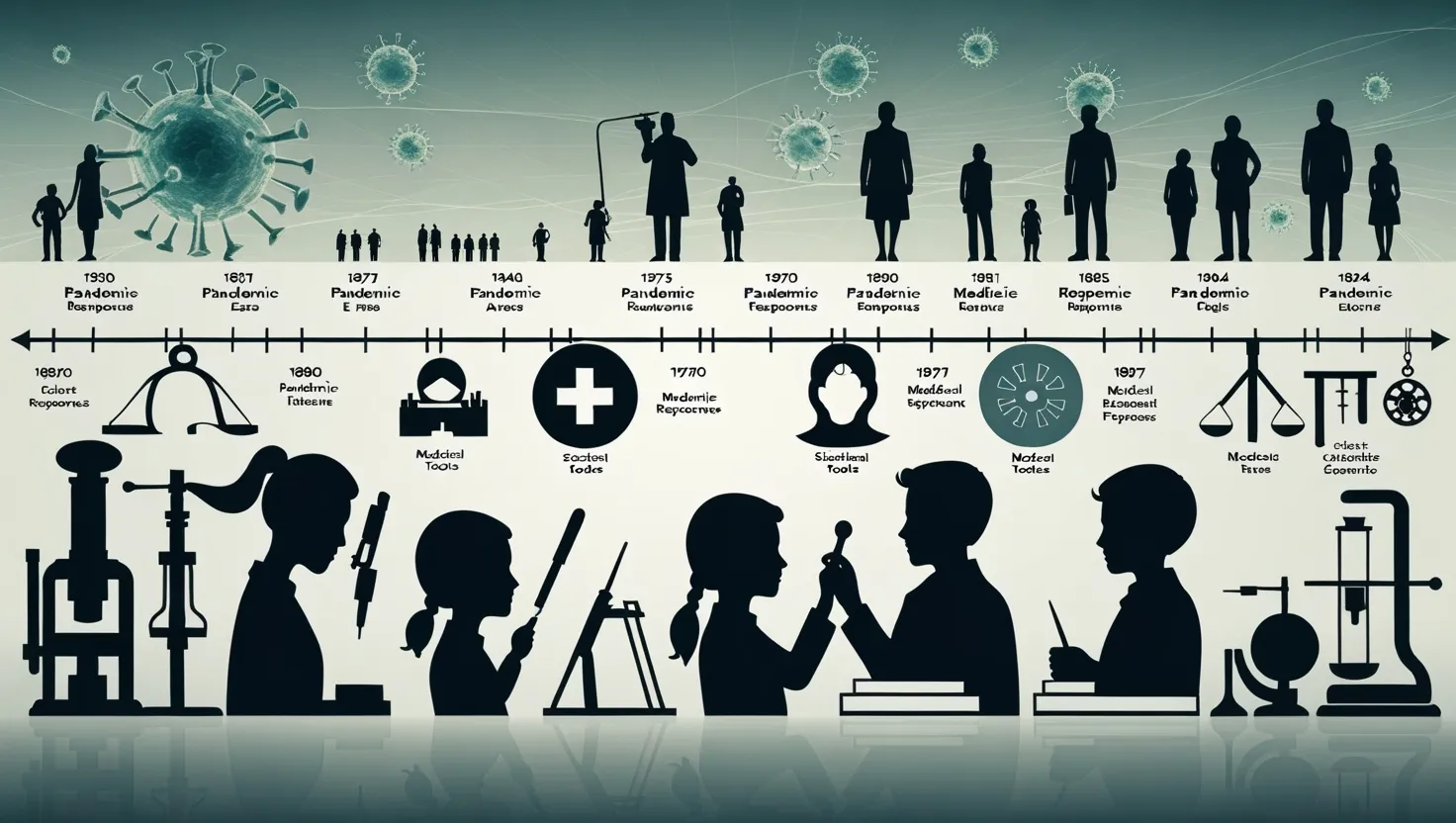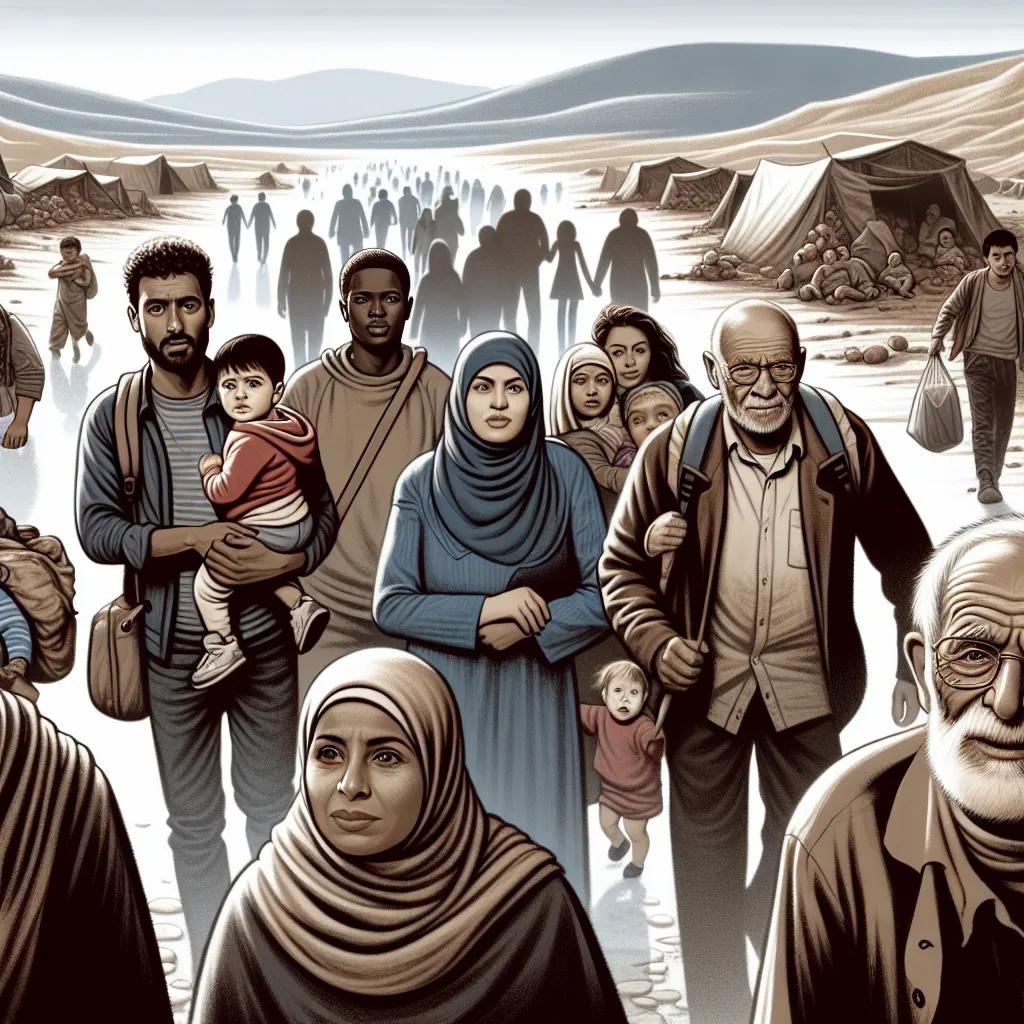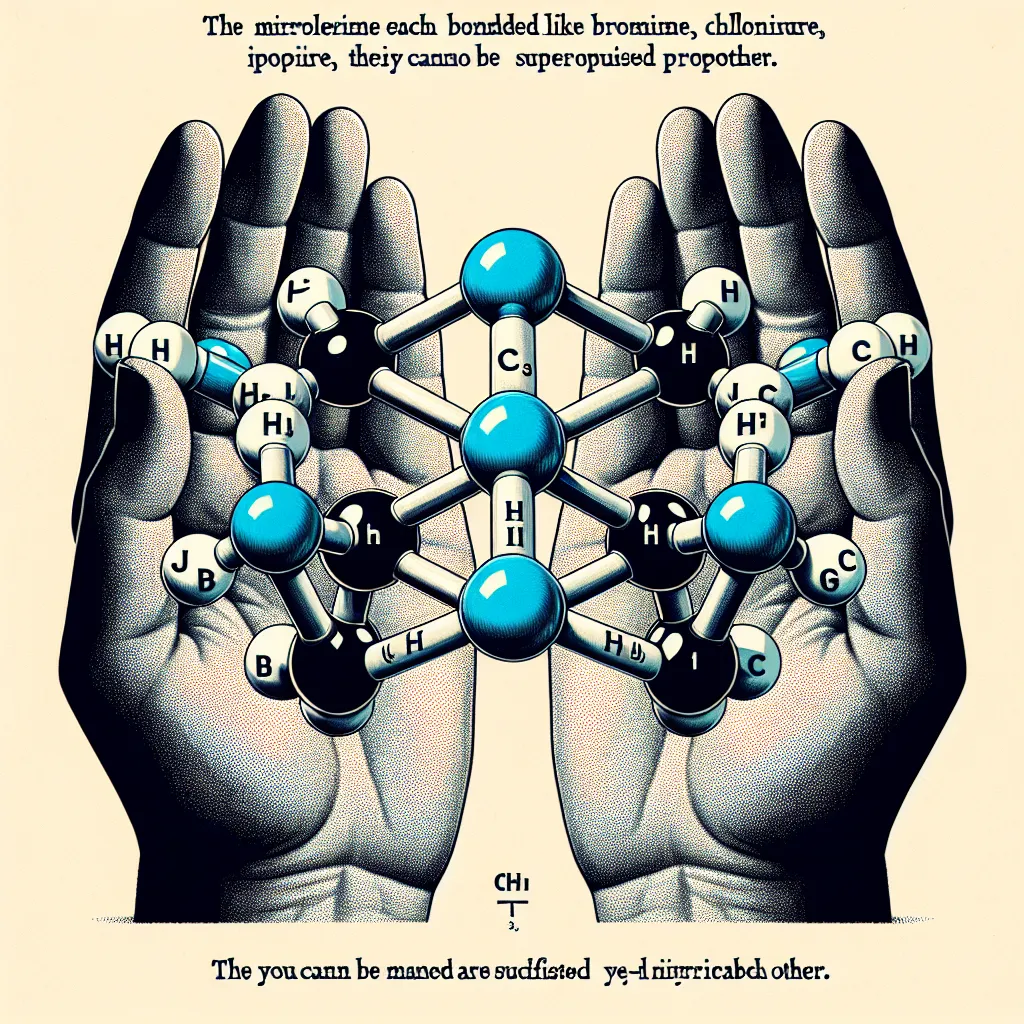5 Historic Pandemics That Reshaped Society and Science
Pandemics have repeatedly altered the course of human history, often bringing devastating losses but also sparking profound change. As we examine five of history’s most significant disease outbreaks, we can see how each crisis not only took lives but also transformed science, medicine, economics, and social structures in ways that continue to affect us today.
The Black Death swept through Europe between 1347 and 1351, causing unprecedented death and transformation. This devastating plague killed approximately one-third of Europe’s population, making it proportionally more deadly than any other known epidemic or war up to that time. The rapid spread and high mortality rate created a society forever changed by its aftermath.
“In the midst of life we are in death.”
- The Book of Common Prayer, reflecting medieval attitudes during the plague years
Have you ever wondered what society would look like today if the Black Death had never occurred? The question is worth considering because this catastrophe triggered remarkable changes that shaped modern Europe.
The immediate impact was demographic collapse, with some regions losing up to 60% of their inhabitants. But from this devastation emerged surprising benefits for survivors. The sudden labor shortage completely upended the medieval economic system. Serfs, previously bound to their lords’ lands with little hope of advancement, found themselves in high demand. Landowners desperate for workers had to offer better conditions and wages, weakening the feudal system that had dominated for centuries.
This shift in economic power had lasting effects. With fewer people but the same amount of land, food became more plentiful for survivors. Ordinary people had access to more resources, better nutrition, and greater economic opportunities. The medieval system of serfdom gradually collapsed as labor became more valuable. Workers gained leverage to negotiate better conditions, accelerating changes that might otherwise have taken centuries.
Recent studies of skeletons from before and after the Black Death reveal fascinating biological evidence of these social changes. Researchers found that people who lived after the initial outbreak showed signs of better health—they were taller and had fewer lesions, indicating improved nutrition and living conditions. This suggests the plague may have functioned as a force of natural selection, removing the most vulnerable individuals and leaving behind a potentially more resilient population.
The Black Death also transformed medical practices. Physicians and civic leaders, desperate to contain the spread, developed early quarantine measures. The word “quarantine” itself comes from the Italian “quaranta giorni” or forty days—the period ships were required to anchor in isolation before passengers could disembark in medieval Venice. These practices represent the beginnings of public health policy that continues to protect populations today.
How might our modern understanding of disease control be different without these early lessons? The innovations born from necessity during the Black Death laid groundwork for approaches we still use in managing contagious diseases.
The 1918 Influenza Pandemic, sometimes called the “Spanish Flu,” represents another watershed moment in pandemic history. This global catastrophe infected roughly one-third of the world’s population and claimed at least 50 million lives—more than the entire death toll of World War I. The pandemic demonstrated how quickly respiratory diseases could spread worldwide, especially during wartime when military movements accelerated transmission.
“This disease is like no other disease that I have ever seen, and I have been practicing for 20 years.”
- Dr. Roy Grist, physician at Camp Devens, Massachusetts, 1918
What makes this pandemic particularly notable was its unusual mortality pattern. Unlike typical influenza outbreaks that primarily affect the very young and very old, the 1918 pandemic was deadly for healthy adults between 20-40 years old. This pattern created enormous social disruption, leaving countless children orphaned and depriving communities of workers in their prime productive years.
The pandemic spurred significant advances in virology as scientists worked to understand this devastating pathogen. Though they lacked the technology to identify the virus itself (influenza viruses wouldn’t be isolated until 1933), the experience established the importance of disease surveillance and international cooperation. The catastrophe also highlighted the need for honest public communication during health crises—many governments had suppressed information about the disease to maintain wartime morale, likely contributing to its spread.
Smallpox stands unique among historic pandemics as humanity’s greatest success story in disease eradication. This virus plagued human populations for thousands of years, killing approximately 300 million people in the 20th century alone. Victims who survived were often left with severe scarring and sometimes blindness.
“I don’t know of any other example in history of the elimination of a disease in this country through immunization.”
- Dr. William Foege, who helped develop the strategy that eradicated smallpox
The global campaign against smallpox, launched by the World Health Organization in 1967, represents one of humanity’s greatest collaborative achievements. The last naturally occurring case was documented in 1977, and in 1980, smallpox became the first—and so far only—human infectious disease to be completely eradicated.
Have you considered how this victory changed our view of what’s possible in public health? The smallpox eradication campaign validated vaccination as a powerful public health strategy and created a template for international health cooperation. It demonstrated that with sufficient political will, scientific knowledge, and global coordination, even the most feared diseases could be conquered.
The HIV/AIDS pandemic, identified in 1981, continues to challenge global health systems today. Unlike previous pandemics that struck quickly, HIV/AIDS emerged slowly, initially bewildering medical professionals with mysterious symptoms affecting primarily gay men in urban centers. As understanding grew, the disease revealed itself as a complex retrovirus that attacks the immune system, leaving patients vulnerable to opportunistic infections.
“When future generations ask what we did in this crisis, we’re going to have to tell them that we were incredibly slow to act.”
- Elizabeth Taylor, addressing Congress on AIDS funding
The scientific response to HIV/AIDS transformed our understanding of retroviruses and immune system function. Research spurred by this crisis accelerated antiviral drug development, creating treatments that have turned what was once a death sentence into a manageable chronic condition for many patients with access to medication.
Do we fully appreciate how profoundly this pandemic changed social attitudes? Beyond its scientific impact, HIV/AIDS forced conversations about sexuality, drug use, and disease stigma into public discourse. It galvanized LGBTQ+ activism and forever changed how we approach public health education and patient advocacy. The pandemic exposed deep inequalities in healthcare access that persist today, particularly in developing nations where treatment remains unavailable to millions.
The cholera pandemics of the 19th century represent a critical turning point in epidemiology and public health. Cholera, a bacterial infection that causes severe diarrhea and dehydration, spread globally from its original reservoir in India through trade and colonial expansion. The disease could kill within hours of symptom onset, creating terror in affected communities.
“On proceeding to the spot, I found that nearly all the deaths had taken place within a short distance of the pump.”
- Dr. John Snow, describing his investigation of London’s 1854 cholera outbreak
The response to cholera gave birth to modern epidemiology through the pioneering work of physician John Snow. During London’s 1854 outbreak, Snow meticulously mapped cases, identifying a public water pump on Broad Street as the source of contamination. By convincing officials to remove the pump handle, he helped end the local outbreak and established the connection between contaminated water and disease transmission.
This evidence-based approach revolutionized public health. Snow’s work led directly to improvements in urban water and sewage systems that have saved countless lives worldwide. The cholera pandemics ultimately transformed cities, spurring the development of modern sanitation infrastructure we now take for granted.
What connects these five historic pandemics beyond their devastating death tolls? Each crisis forced society to adapt, innovate, and evolve. From the economic upheaval following the Black Death to the scientific breakthroughs of the HIV/AIDS crisis, pandemics have repeatedly served as catalysts for change.
These disease outbreaks reveal our vulnerability as a species but also demonstrate our remarkable resilience and adaptability. They show how crisis can drive progress, pushing societies to develop new technologies, policies, and social structures in response to existential threats.
As we face current and future pandemic challenges, these historical examples provide both warning and hope. They remind us that major disease outbreaks have profound and lasting consequences beyond their immediate health impacts. They reshape economies, accelerate scientific discovery, transform social structures, and sometimes even create opportunities for positive change amid tragedy.
The lessons from these historic pandemics remain relevant today. They teach us the value of international cooperation, transparent communication, scientific research, and equitable healthcare access. Perhaps most importantly, they demonstrate that while pandemics may bring tremendous suffering, human ingenuity and collective action can eventually overcome even the most devastating disease outbreaks—and sometimes build better societies in their wake.
What new transformations might emerge from our current health challenges? Only time will tell, but history suggests that even in our darkest moments, the seeds of future progress are often being sown.






